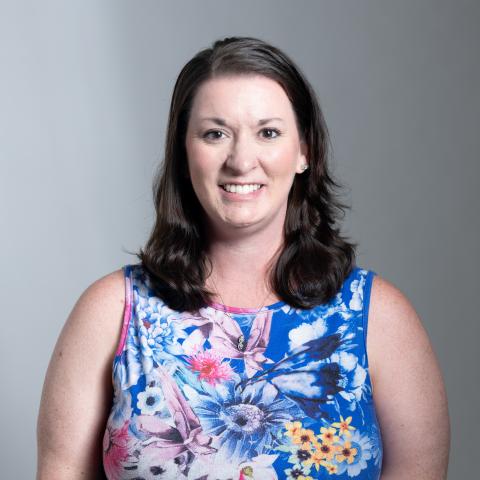
Camella
Curriculum Administrative Specialist for Undergraduate Advising
jrc723@lehigh.edu
Dean's Office Staff
Undergraduate Office
